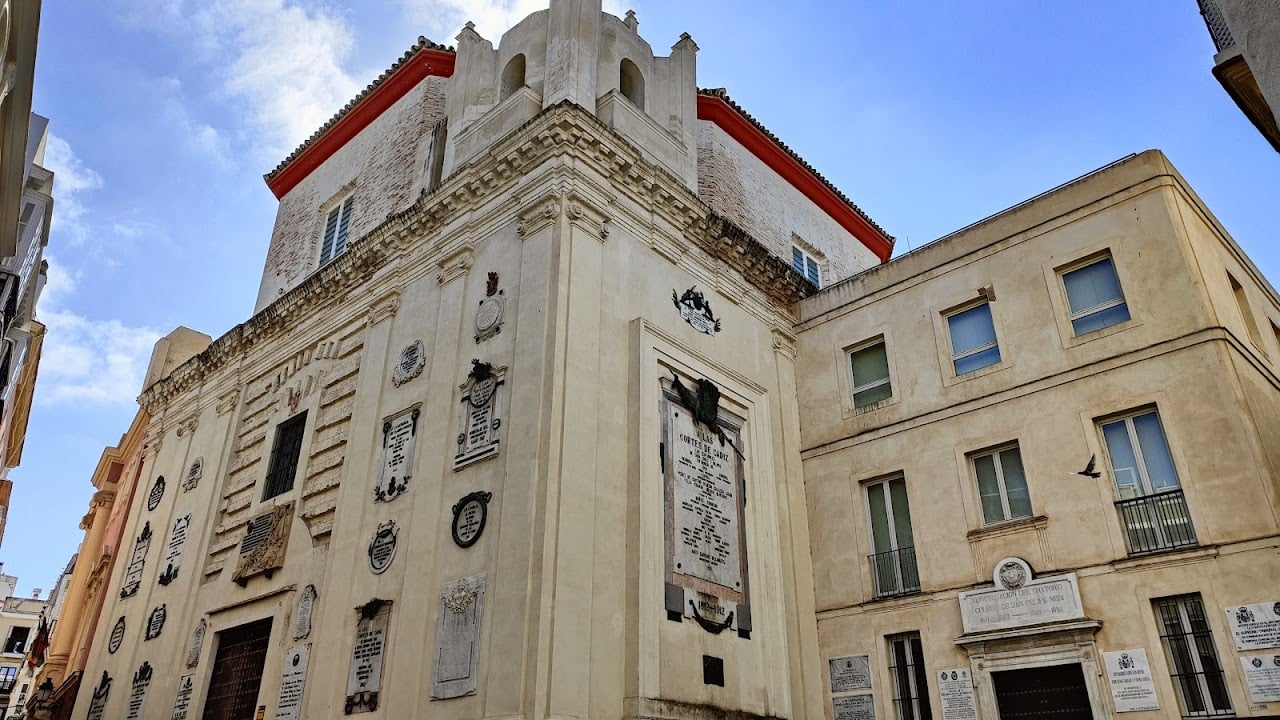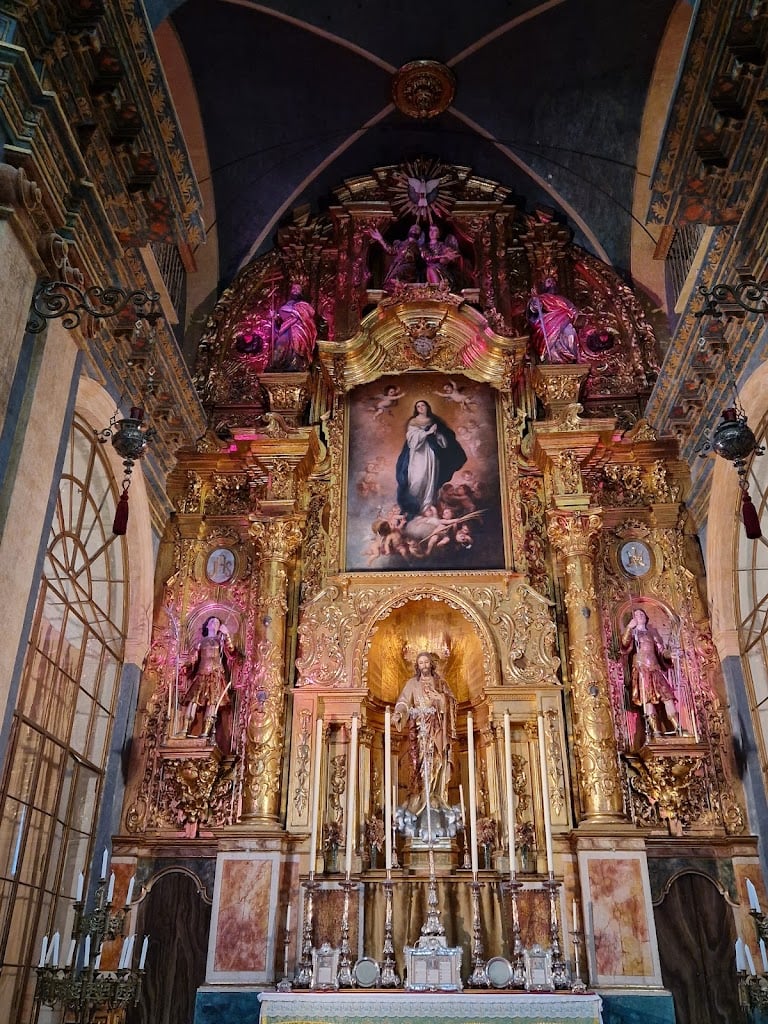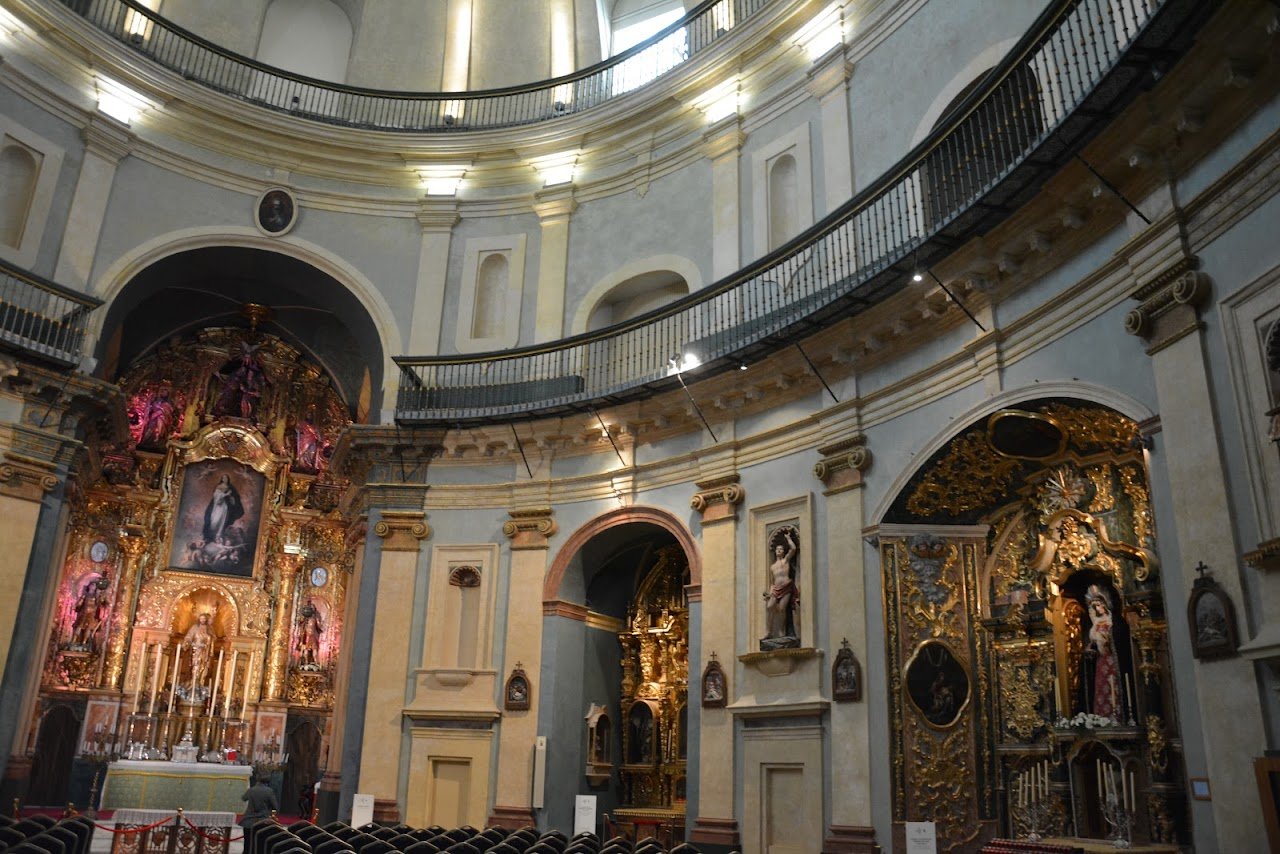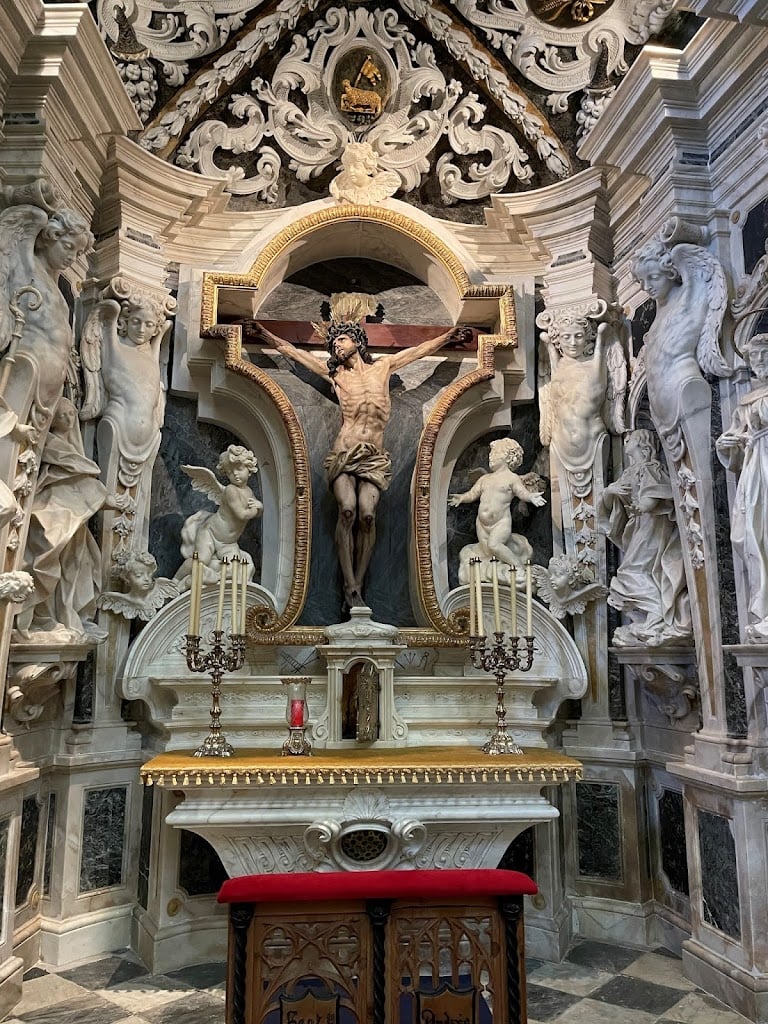Iglesia del Oratorio de San Felipe Neri





Ask ThatchGPT
Suggest a local expert to plan my trip
Suggest an unique itinerary for my Spain trip
What foods do Spain locals eat
What are some true hidden gems in Spain
Help me brainstorm trip ideas for Spain
Help me plan a family-friendly trip to Spain
What people say
Pedro Pereira
Available for hire
"This temple, which belonged to the old oratory of the Philippians, was built in 1688 according to the plans of the architect Blas Díaz, inaugurated in 1719. Later, in 1764, the roof was rebuilt due to the damage suffered by the tsunami of 1755. In addition to its artistic interest, it also has a special historical significance as the seat of the Cortes (national assembly) that drafted the first Spanish Constitution in 1812.
The exterior area of the temple is articulated by Ionic pillars, among which stand out numerous tombstones dedicated to the Dosañista deputies (name given to those belonging to the liberal current in favor of the constitution) and which were placed in this place especially in 1912, to celebrate the centenary of the Cortes of Cádiz.
The Oratory has an elliptical floor plan, around which there are seven rectangular chapels, covered with barrel vaults and richly decorated. Among these, the Tabernacle stands out, with a particular 18th-century Baroque altarpiece of Italian origin in coloured marble and presided over by a polychrome wooden crucifix, also of Italian origin.
Inside, the main altarpiece stands out, a work from the 18th century in the Rococo style, made of gilded wood and presided over by a canvas depicting the Immaculate Conception, a work by the famous Sevillian painter Bartolomé Esteban Murillo.
The Interpretation Centre of the Constitution of 1812 is located in the building next to the Oratory of San Filippo. The visit to the Centre is organised into three large thematic sections: 'Cádiz at the beginning of the 19th century; The city that houses the Spanish Cortes; 'The historical context. The War of Independence'; Cádiz, seat of national sovereignty. The Constitution of 1812'."
Read more in:
Mentioned in these guides
About Iglesia del Oratorio de San Felipe Neri
Get the inside scoop on Iglesia del Oratorio de San Felipe Neri from local experts, travel creators, and tastemakers. Browse genuine trip notes, Iglesia del Oratorio de San Felipe Neri reviews, photos, travel guides, and itineraries from real travelers and plan your trip with confidence.
Save this spot for later or start mapping out a new trip today
Try our AI Travel Assistant and get instant answers to any questions about your trip.
Ask ThatchGPT

